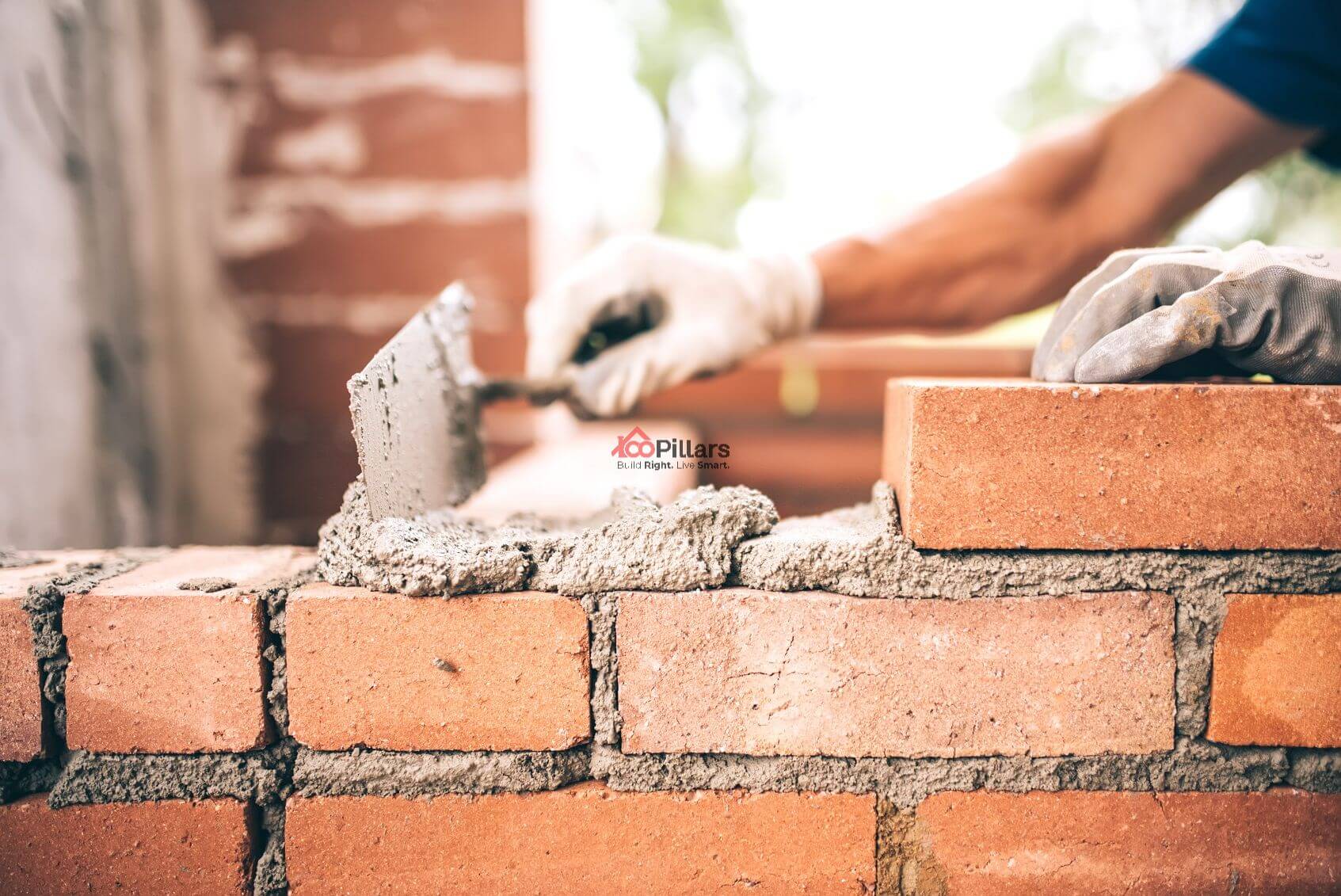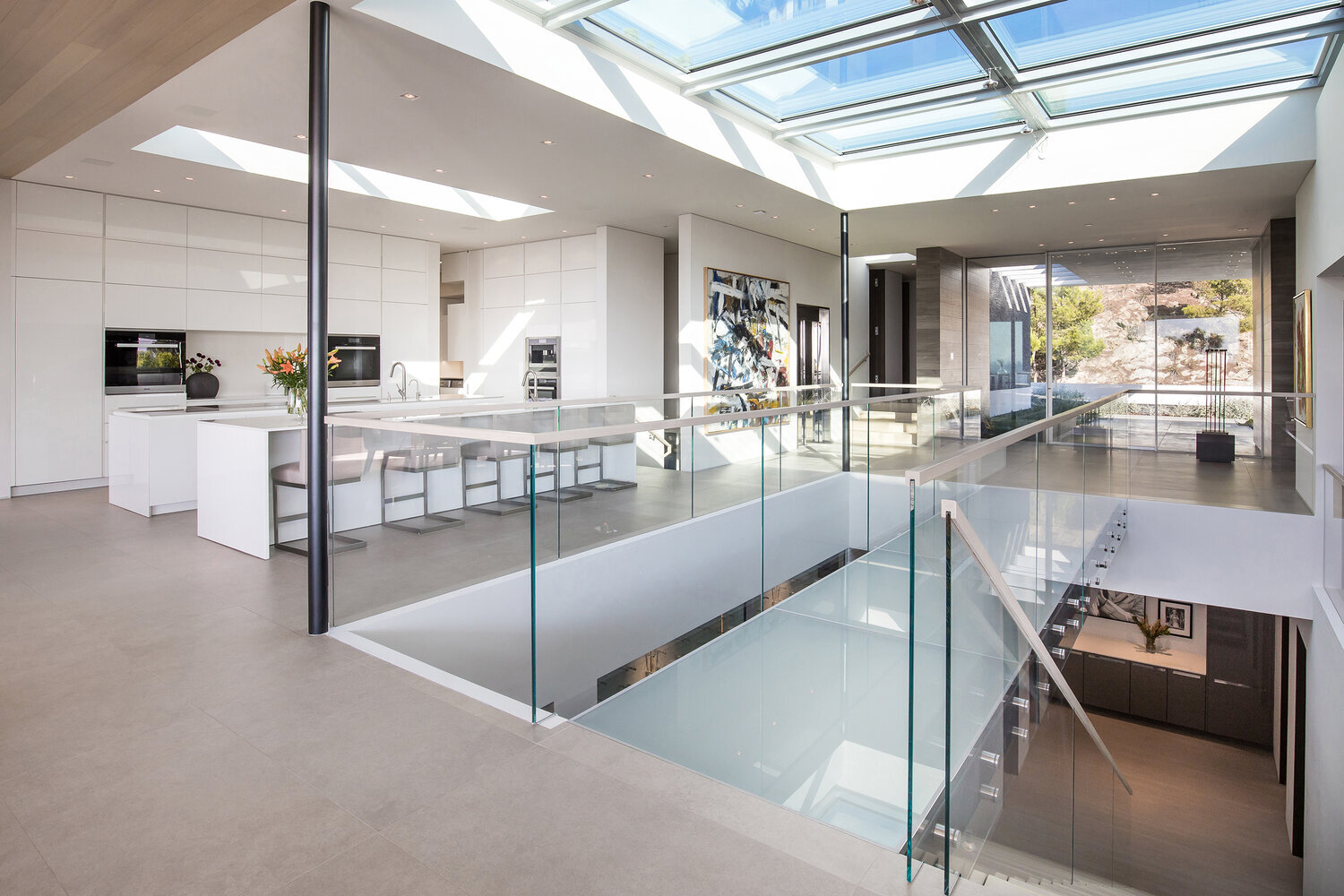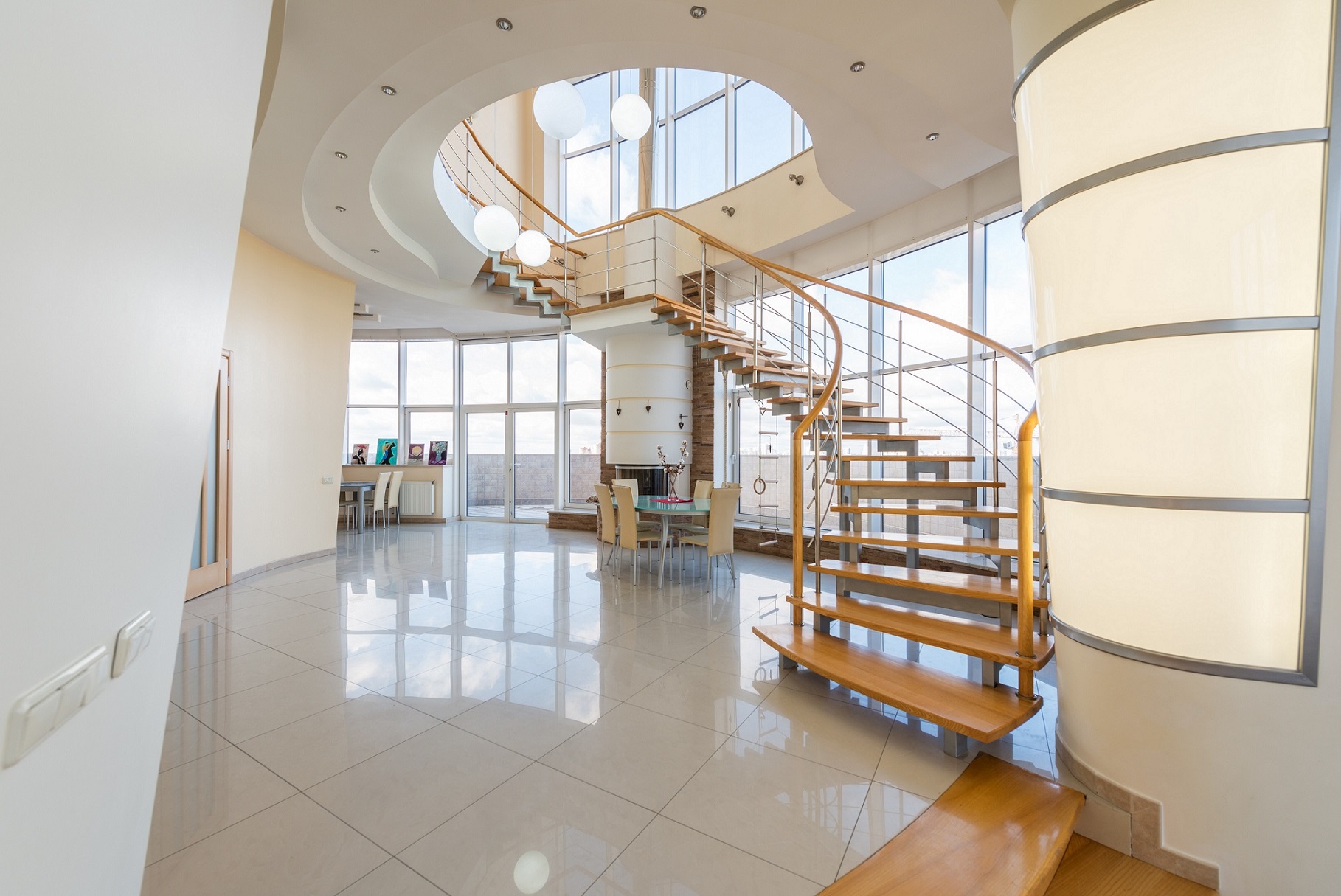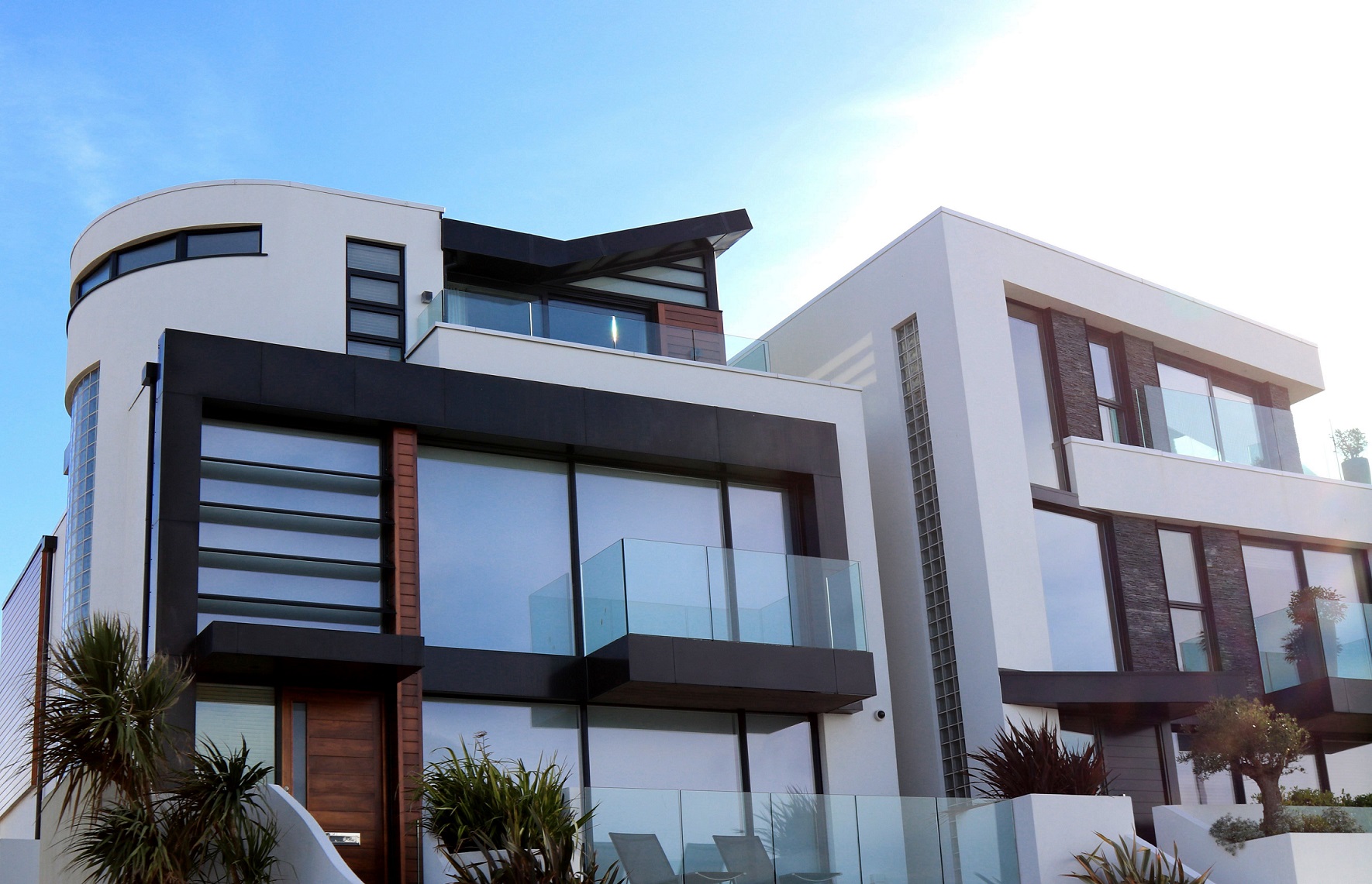Bricks have been the building material of choice for many centuries now. They have evolved from traditional sun-dried bricks to fired bricks, and modern blocks like concrete and AAC(fly ash). The latest developments are blocks made from living mushrooms. Brick masonry remains one of the top choices of material, due to its easy portability, cost-effectiveness and durability.
The below guide consolidates the most common types of brick masonry used in the Indian construction industry. It focuses on key aspects like size, strength, finish, quality, etc that will help you choose the right type of masonry.
Concrete Blocks
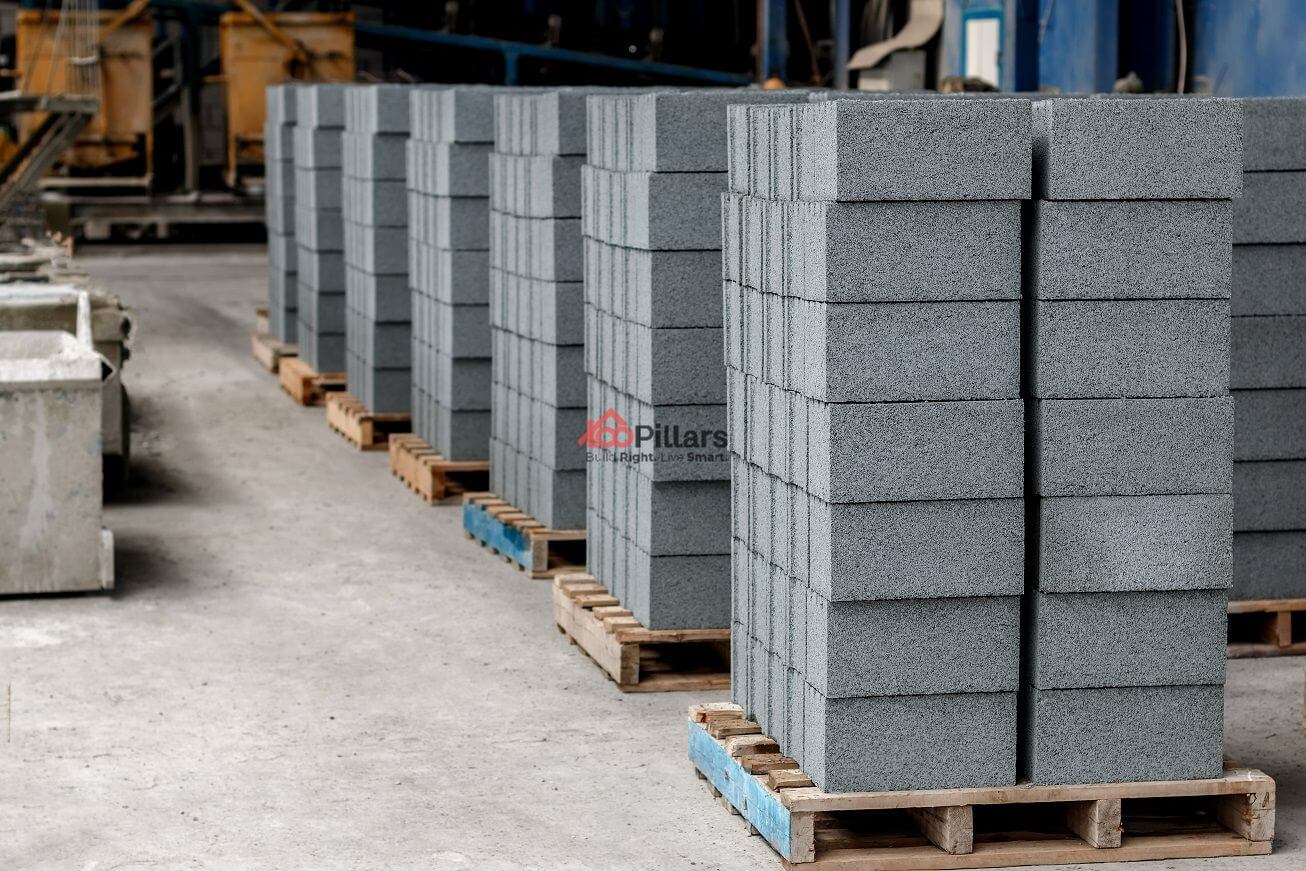
Concrete blocks are made up of cement, sand, aggregates and water. IS 2185 Part 1: 2005 classifies concrete blocks into two types, a) solid blocks – which has solid material not less than 75 percent of the total volume of the block, and, b) hollow blocks – which has solid material between 50 and 75 percent of the total volume of the block. These blocks are used in the construction of load-bearing and partition walls.
The actual sizes of concrete blocks as per IS 2185 Part 1: 2005 are as below,
Length : 390, 490 or 590 mm
Height : 190 or 90 mm
Width : 40, 65, 90, 140, 190, 240 or 240 mm
Concrete blocks can also be customized to suit the sizes of different horizontal and vertical elements. They are preferred over clay bricks for this reason, and also because their compressive strengths are higher. The below table summarizes the minimum average 28th-day compressive strength of concrete blocks as per IS 2185 Part 1: 2005.
| Minimum average 28th-day compressive strengths of concrete blocks | |
| Hollow Blocks | Solid Blocks |
| Grade A : 3.5 to 15 N/mm2 | Grade C : 4.0 and 5.0 N/mm2 |
| Grade B : 3.5 and 5.0 N/mm2 | |
Concrete blocks have fewer joints and hence need less mortar & construction time. They can be lightweight too (courtesy, hollow blocks). Customized concrete blocks with lesser widths increase the carpet area and also have good thermal, fire and sound insulation properties. Concrete blocks can be given a variety of surface textures, colors and finishes. The good quality finish of concrete blocks even removes the necessity of plastering in areas of less rainfall.
While concrete blocks tick many boxes, they are not very maintenance friendly in the sense that utilities like electric conduits and water lines need to be run through specific access points to lessen the impact of damaging the blocks during maintenance. The use of concrete blocks also translates to higher construction costs and is not the first choice of eco-friendly building material. But often concrete blocks are equated with the highest carbon footprint, which is not true. While concrete and its production do emit a significant amount of carbon, the benefits that come with the use of concrete blocks like its natural insulation make up for the carbon emissions on the whole.
Clay Bricks
Clay bricks are among the first types of bricks to be ever used in the history of construction. They are made from suitable soils which are mainly composed of silica (grains of sand), alumina, lime, iron, manganese, sulfur, and phosphates in different proportions. The soil is crushed, mixed with water to make it plastic and finally molded, and dried in fire kilns (or sun-dried). The color of the bricks – red, dark brown, dull brown, depends on the temperature at which they are fired.
The most common classification of clay bricks is based on field practice. Table 1 of IS 1077: 1992 classifies bricks based on their compressive strength from class 3.5 to 35, which essentially means that as per the Indian Standard code the minimum average compressive strengths of clay bricks vary from 3.5 to 35 N/mm2. This also points towards the fact that the average prescribed compressive strength of clay bricks is higher than that of concrete bricks. The standard modular sizes of clay bricks as per IS 1077: 1992 are (length x breadth x height) 19 x 9 x 9cm and 19 x 9 x 4cm.
Solid traditional bricks are hardy and stronger than hollow blocks. Their high thermal mass keeps the building cooler. Besides these benefits, clay bricks have a low carbon footprint as they are made from naturally sourced materials that can be recycled. Clay bricks and elements built using them tend to expand over time, and give the joints a tighter seal, but the expansion must be taken into account while construction. Clay bricks are available in all varieties of colors, textures and finishes. Colored clay bricks are preferred over concrete blocks as concrete blocks are not colorfast. The terracotta finish of clay bricks is a major architectural trend currently.
AAC or Fly Ash Blocks
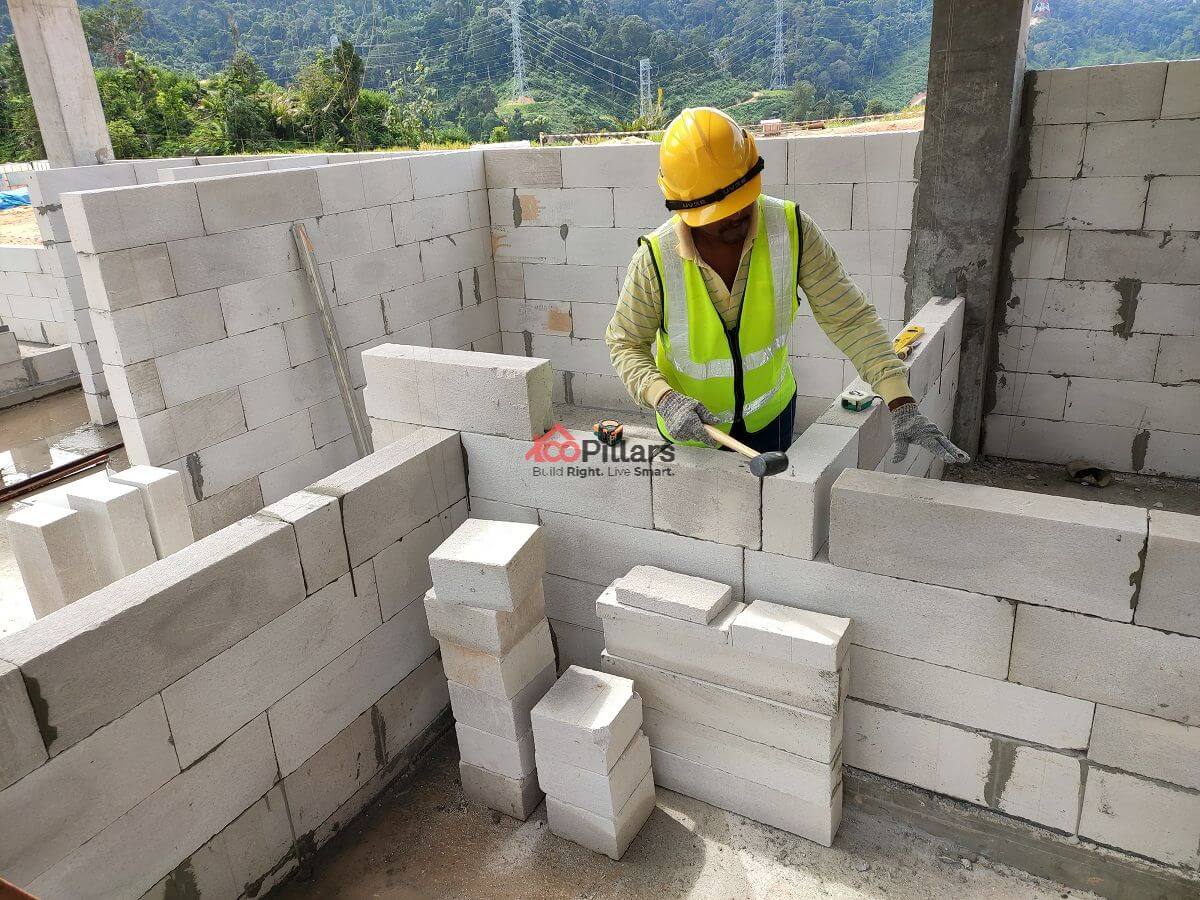
Autoclaved aerated concrete (AAC) or fly ash blocks are blocks manufactured using cement, sand, fly ash, lime, admixture (generally aluminum paste) and water. The raw materials are mixed in appropriate proportions and steam cured in an autoclave at maximum ambient temperatures ranging between 170 and 215℃. As the name suggests, these blocks have micro-air entrained within them. The low density of AAC blocks makes them suitable for use in high-rise buildings, resulting in the reduction of steel and concrete quantity. The entrapped air gives AAC blocks good insulation properties and fire resistance, reducing energy consumption.
The autoclaving method increases the compressive strength and at the same time reduces the manufacturing time (as curing happens simultaneously). Table 1 of IS: 2185 (Part 3) – 1984 classifies AAC blocks into Grade 1 and 2 with compressive strengths ranging from 2 to 7 N/mm2. Although AAC blocks have good compressive strengths, they are brittle and need to be handled delicately. This also means that any installations which need nails, screws, etc need to be drilled in with care. Precaution to control drying shrinkage cracks and stress concentration cracks needs to be taken.
The actual sizes of AAC blocks as per IS 2185 Part 3 – 1984 are as below,
Length: 390,490 or 590 mm
Height: 190,240 or 350 mm
Width: 90,140,190 or 240 mm
AAC blocks are available in all textures and colors as concrete blocks and just like concrete blocks can be left unplastered in areas with less rainfall. These blocks are comparatively more sustainable as the carbon emission and water consumption during manufacturing are very low, and also since fly ash is recycled material.
Porotherm blocks

Porotherm blocks are primarily clay bricks with perforations. They can be used for load-bearing and non-load-bearing purposes depending upon the orientation of the perforations. Blocks with Vertical Perforations (VP) are load-bearing and have compressive strengths > 7 N/mm2. Blocks with Horizontal Perforations (HP) are non-load bearing and have compressive strengths > 3.5 N/mm2.
As per IS 3952:1988, the actual sizes of hollow clay bricks are described below:
Length: 190 or 290 mm
Width: 190, 90 or 140 mm
Height: 90 mm
The perforations in the blocks give them excellent insulation properties and are often used as inner leaf walls to provide thermal and sound insulation. The size and weight are very construction friendly, resulting in fewer joints and lesser mortar consumption. But owing to the perforations they are not ideal for use in foundation works. Porotherm blocks are generally available only in the natural brick red or terracotta color. But there are different textures available like plain, grooved, wired, etc. Porotherm blocks (manufactured by Weinerberger), uses only recycled or naturally available raw material, have low carbon emissions, and are approved by the Indian Green Building Council.
Wire Cut Bricks
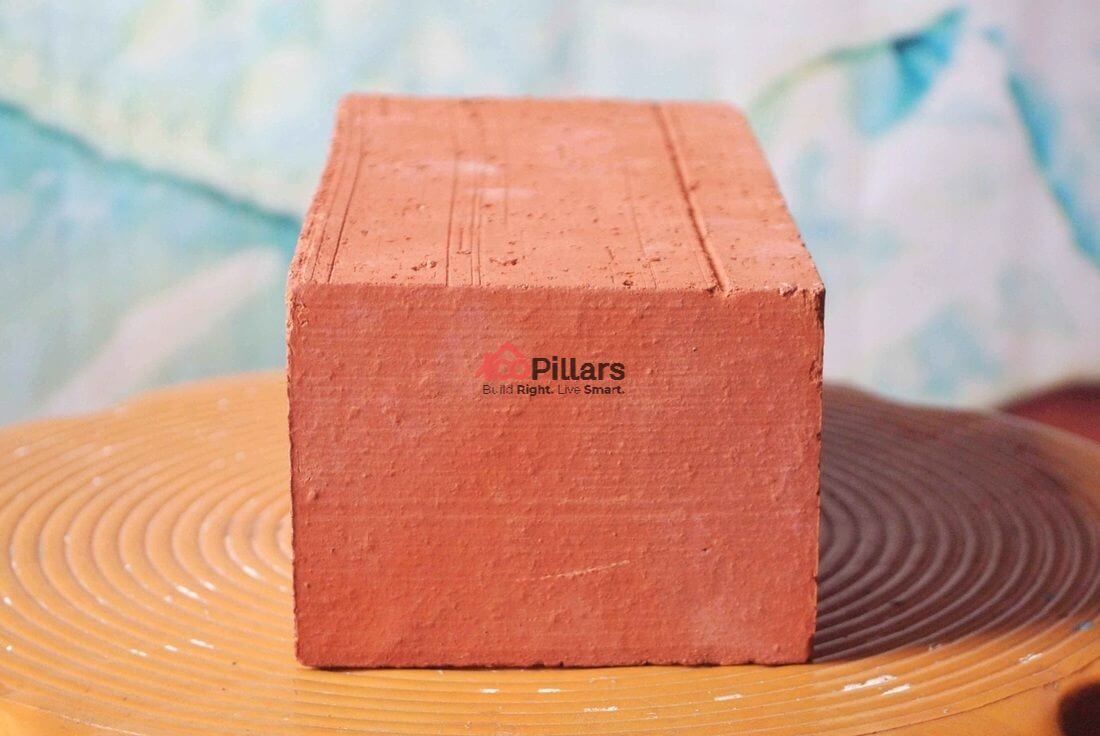
Clay bricks that are manufactured by pushing clay through a forming die and cutting the shaped clay that comes out using wire cutting tools are called wire cut bricks. The process produces bricks of uniform shape and size while minimizing wastage. Wire cutting also produces bricks that have a very rough finish and texture to them – a finish that is sought out by many designers. They are also stronger, but costlier than the table mold bricks (which are handmade). They are generally available in the same sizes as traditional clay bricks.
Interlocking Clay Bricks
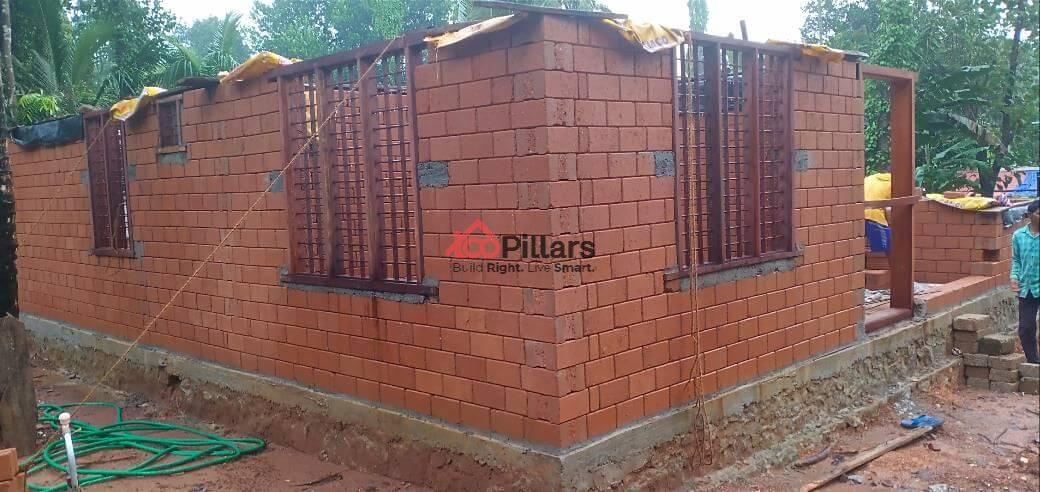
Interlocking clay bricks are clay bricks that use a shear key and lock mechanism to interlock with one another. They eliminate the need for using mortar for forming bonds. The load gets transferred through the shear keys. The interlocking system saves construction time as well as labor costs. These bricks are available in a variety of colors and finishes, and generally do not need plastering due to their superior finish. But leaving them unplastered and exposed for extended periods might lead to water seepage through the joints.
Interlocking Concrete & Laterite stone blocks
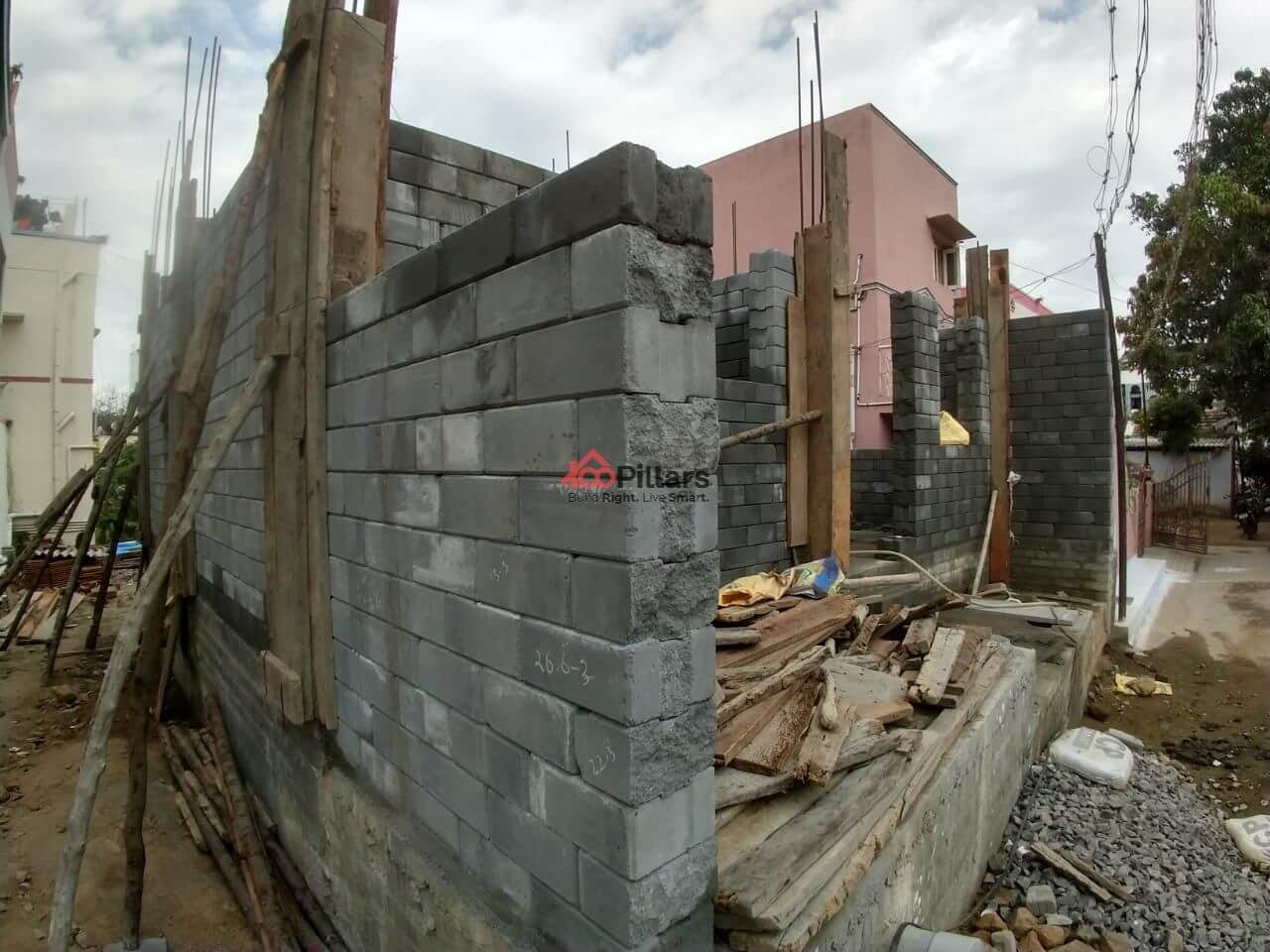
Interlocking concrete blocks are similar to interlocking clay bricks, except that they are made up of concrete rather than clay. Even they use the shear key and lock mechanism to lock into each other and loads are distributed through shear transfer instead of mortar. Although these blocks are stronger than the interlocking clay bricks, they are not as eco-friendly.
Laterite stone blocks are reddish-brown blocks made of natural laterite stone. They can withstand heavy loads and keep buildings cool and pleasant. But laterite stone blocks can be heavy to handle and require skilled labor to dress and place them. In areas where laterite is available in plenty, these blocks are a very eco-friendly option.
Choosing the right one for your project
Multiple factors come into play while choosing the right type of masonry for your project. These include the utility of the structure, type of wall or element, costs, finish, sustainability, construction efficiency to name a few. In reality, such considerations have far-reaching implications throughout the construction, commission, and maintenance phases. This combined with the fact that each of the brick masonry types has its own merits and demerits can make the decision-making process overwhelming.
Therefore it is best to consult experts who have versatile experience and offer tailor made services. Experts like 100 Pillars Constructions will help you make an informed choice by understanding your specific requirements, considerations and constraints before suggesting the most viable solutions.
Every project requires a trusted partner who will help you realize your dream and 100 Pillars Construction can help you build your dream project the right way – brick by brick!


